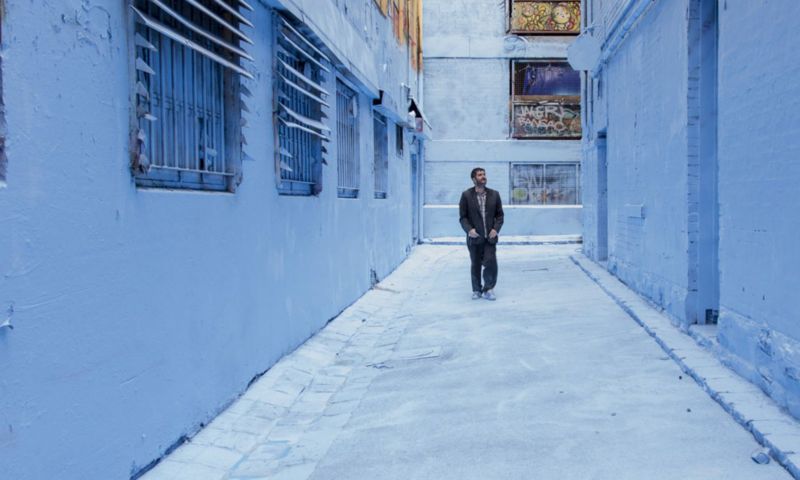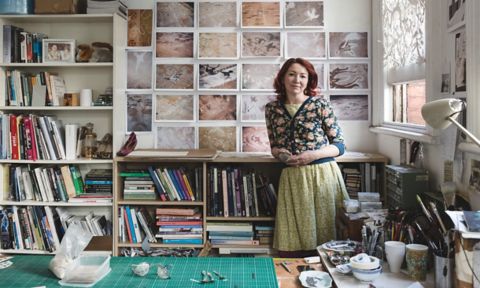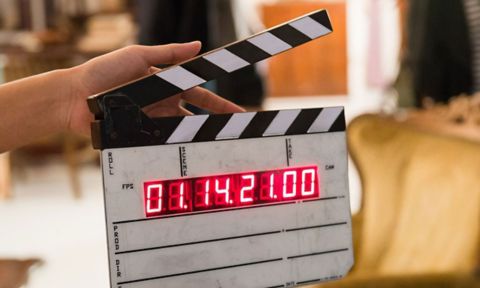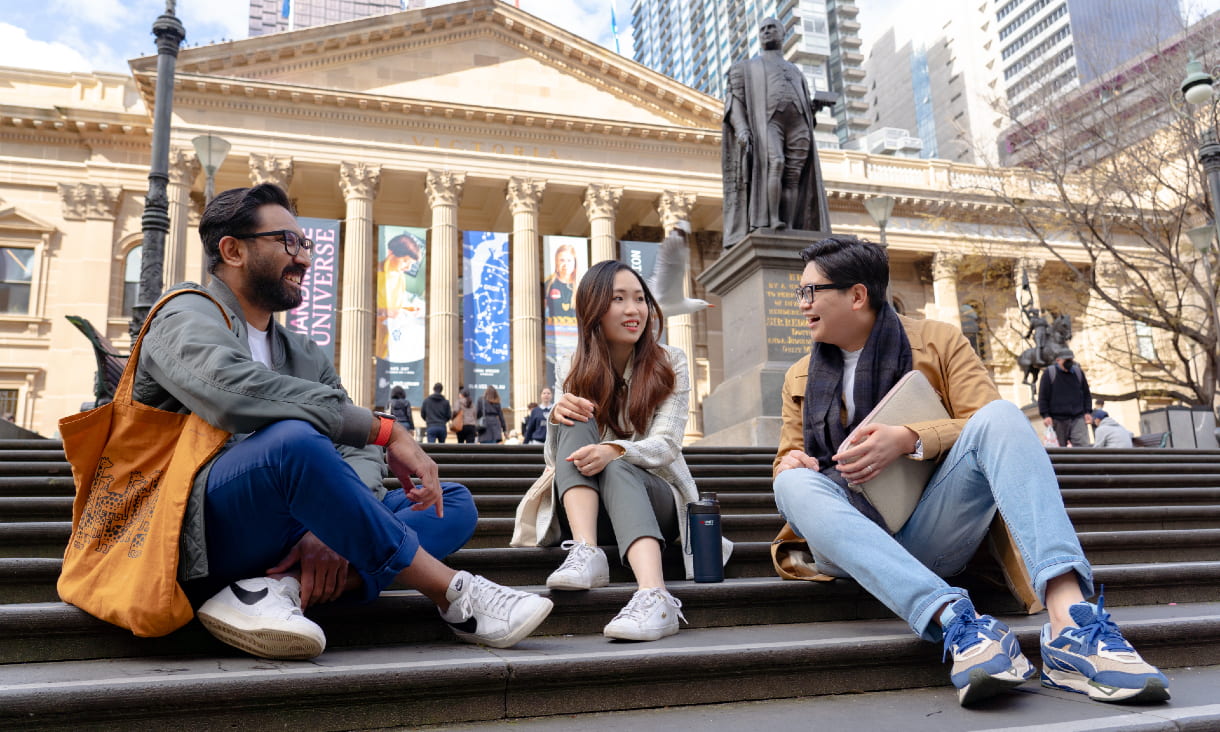By braving the world outside, public art has the power to unlock imaginations and spark real community conversation.

From the infamous Vault (aka the“Yellow Peril”), to Fairfield’s FIDO and the Empty Nursery Blue project, art that moves beyond the relatively safe space of a gallery inevitably generates debate - and sometimes controversy.
The arts have long been a crucial element of Melbourne’s identity and the city bears a history of initiating, fostering and developing public art.
Appearing in laneways and around the corner, public art makes itself open to everyone, aficionado or not.
True accessibility
Fiona Hillary, RMIT Master of Arts (Art in Public Space) lecturer and Curator of the 2017 Gertrude Street Projection Festival, says art helps our society function on a deeper level.
Events like the projection festival, which attracts more than 10,000 people over 10 days, offer “the opportunity for the public to make decisions about how they engage with art”.
“There’s an opportunity as a group, or as an individual, to explore our streets in a different kind of way, so the space becomes a canvas that artists respond to and ultimately project their ideas onto,” Hillary says.
While the art world can at times be seen as elite and exclusive, public art by its very nature is aimed at a vast and diverse audience.
Australia’s biggest arts events like Melbourne’s White Night and Vivid Sydney demonstrate the public thirst for inspiring creative experiences, with nearly 600,000 people attending White Night in 2017 and record breaking crowds flocking to Vivid.
Supporting and engaging with art can help people tap into a way of seeing the world that they may have never been urged to access before.
“Art allows people to reconsider and relate to the space they’re in and potentially other people from a different perspective,” Hillary says.
“An exhausted businessman on a tram going through the space on his way home from work might look up and see something that makes him go, ‘I’ve never seen that building like that before'.”
Activating imaginations
Public art can also be a gateway to unlocking creative thinking and imagination within us all, Hillary says.
While a joint study by the City of Melbourne and RMIT shows 90 per cent of visitors to Melbourne agree, imagination is also accessed through the conversations that art creates.
“Our imaginations are key to how we envision ourselves in the present and in the future,” Hillary says, “and has a critical role to play in projecting ourselves forward.”
As a researcher and educator, Hillary has seen how imagination can be used as a means to trigger dialogue that challenges the way we think about different situations.
Since 2013, she has curated Urban Laboratory, a research project for RMIT’s Centre for Art, Society and Transformation.
The Urban Laboratory has worked with the City of Melbourne and the City of Port Phillip to explore how art in public spaces create local dialogue that impacts individual perceptions in and of the streetscape.
One such project - Adrian Doyle’s Empty Nursery Blue - involved the painting of Rutledge Lane in Melbourne’s CBD.
“We saw incredible debate and discussion emerge around who has a right to the city, and who has a right to paint in the laneways?” says Hillary.
“By creating an immersive atmosphere, we observed a complete shift in the way the public experienced that laneway for a brief moment in time.
“Art has the capacity to cut through issues in society in a way that other forms of communication can’t.”
And if art is the vehicle to imagination and social change, then artists become the drivers of this process.
Fostering community
For the last 10 years, the Gertrude Street Projection Festival has seen artists, local businesses, organisations and residents come together to make the event a reality.
Within the streetscape of the festival, emerging artists have had the opportunity to exhibit alongside internationally-renowned projection artists.
“If you’re an emerging artist creating work that sits alongside people with a lot of experience, it gives you a sense of what’s possible and can expand your industry networks,” Hillary suggests.
Public art can also trigger dialogue and help form bonds between strangers who may otherwise have little in common.
“When people are drawn to a public place for a particular reason, it instantly sparks a conversation by just being present next to each other,” Hillary says.
“We have a really important role as artists to engage and activate this interaction through our artworks, both locally and globally.”
And for those who still have doubts about stepping into the art world, Hillary reminds them that art isn’t just beneficial to the community, but the individual as well.
“It gives us a way to reimagine space and push through the everyday. The more we embrace that, the better we’ll be.”
Masthead image: Empty Nursery Blue, Adrian Doyle, 2013. Photography: Pia Johnson
First published on 23 August 2017.
You may also be interested in:
Find the right course for you
With over 350 qualifications to choose from, it's never been easier to find the right fit.


